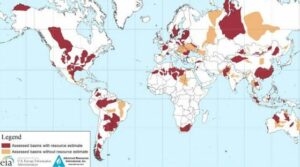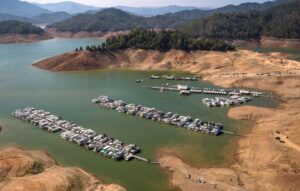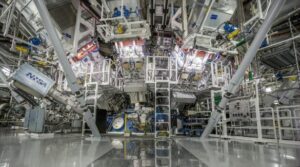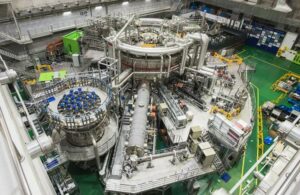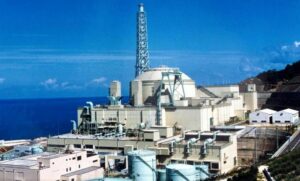
Source: Japan abandons Monju fast reactor: the slow death of a nuclear dream. The Ecologist. ‘Fast breeder’ reactors are promoted by nuclear enthusiasts as the clean, green energy technology of the future. But all the evidence tells us they are a catastrophic failure: complex, expensive, unreliable and accident-prone. Is Japan’s decision to abandon its Monju reactor the latest nail in the coffin of a dead technology? Or the final stake through its rotten heart?
Preface. A GEN IV sodium-cooled fast reactor is such a bad idea that I am stunned Bill Gates would support it. Worse yet, a lot of the $4.5 billion cost for the Wyoming reactor is not his money, it’s taxpayer dollars.
These types of GEN IV reactors are called sodium-cooled Small Modular Reactors (SMR), or Sodium cooled fast reactors (SFR). No matter what you call them, they have always failed over the past 70 years, mainly due to higher risk of breakout fires than standard light water reactors. On contact with air sodium burns, with water explodes. There is a much higher risk of accidents.
What follows is a letter written by Arnie Gundersen who makes a good case for why these are not worth building.

 Source: Salt Lake Tribune.
Source: Salt Lake Tribune. 
